Welcome!
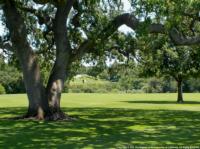
- landscape water management and conservation.
- urban tree management and selection.
- assistance for home gardeners and consumers of horticultural products and services.
Please review our Mission Statement.
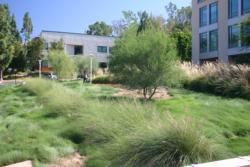
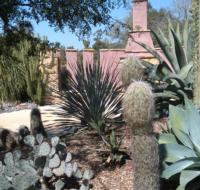
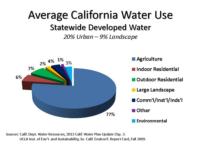
Does the landscape you manage have a water budget or water conservation goal that seems impossible to meet? Read about Five Simple Steps for Conserving Landscape Water.
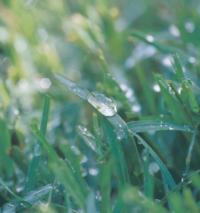
For Home Gardening information and resources, please visit the University of California Garden Web. 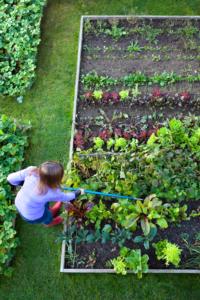
UPCOMING EVENTS
What's new in Landscape and Urban Hort?
Got Moles?

A line of pushed up grass. A volcano sized mound. Yep, it's probably a mole! While you may never actually see the mole itself, the signs of their presence are pretty clear. Moles are small burrowing mammals (not rodents) that live almost entirely...
Spotted Lanternfly: The Need to Remain Vigilant (Part 1)

On March 27th, 2024, a flatbed truck carrying a metal art structure originating in New York and headed to Petaluma, California was stopped at the California Department of Food and Agriculture (CDFA) Agricultural Inspection Station in Truckee, California...
New Look for UC IPM Web Pages

Change is in the air. Weather, daylight savings, politics, holiday decorations, and yes, websites. You may have noticed the UC Statewide IPM Program's website is undergoing some style changes. Just this week, the home page changed from the style we've...
Invasive Pest Spotlight: Mediterranean Fruit Fly

The invasive pest spotlight focuses on emerging or potential invasive pests in California. In this issue we are covering the Mediterranean fruit fly. Mediterranean Fruit Fly Facts The Mediterranean fruit fly, Ceratitis capitata, commonly called...
Neonicotinoid Pesticides Off the Shelf in January 2025

The common insecticide imidacloprid, and the related active ingredients acetamiprid, clothianidin, dinotefuran, and thiamethoxam, belong to the pesticide group neonicotinoids. Neonicotinoids have been linked to the decline in honey bee and other...
